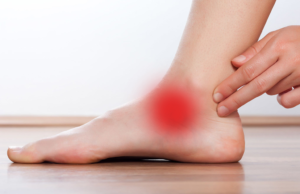
Machining is the process of removing metal from a stock material to get the desired shape and size as requested by the client.
It is a crucial job for all the industries that require high-precision parts to be used for their work. In industries like robotics, automation, defense, and communication, the importance of precision is paramount.
CNC machining is the most common machining technique used today. CNC stands for computerized numerical control. It simply means that depending on the values you feed in the system, the cutting, threading, or machining processes take place with maximum precision and are error-free.
CNC machining is a complex process that requires extensive experience and expertise to be pulled off successfully. LOCUS Precision CNC machining is widely accepted as one of the best in the industry and can be trusted to do the job for you with utmost precision.
Let us discuss the main machining types and the advantages of each type of machining technique in the industry.
Before that, it is important to understand the history of machining. Machining is an age-old technique that is first believed to be used by the Egyptians.
From there, the machining industry has taken many big leaps in each of the consecutive centuries and has arrived at the latest technology-driven phase which we see and experience today.
The precision of the machining has increased considerably over the years. Now let’s focus on the main types of machining techniques.
The two basic types of machining operations are milling and turning.
- Turning is the process in which the job rotates while the tool moves across the job to get the desired design on the job stock. In turning, the precision is really high when compared to any other machining technique. Turning has a very short lead time as compared to milling. Many materials are compatible in the turning process.
- In milling, the cutting tool is spinning while the job is stationary. There are two types of milling machines – the vertical milling machine and the horizontal milling machine. In milling, multiple cuts can be given to the job simultaneously by attaching multiple tools at different endpoints. The chances of human errors are reduced to nil in the milling process.
Summing Up:
Both the milling and turning processes, when computerized, take a different dimension in terms of accuracy.
It is always important to select the best in the industry like Locus Precision Inc to do the machining job on your list to get the best results. Check out their website for more details and to end up with the best in the industry.



